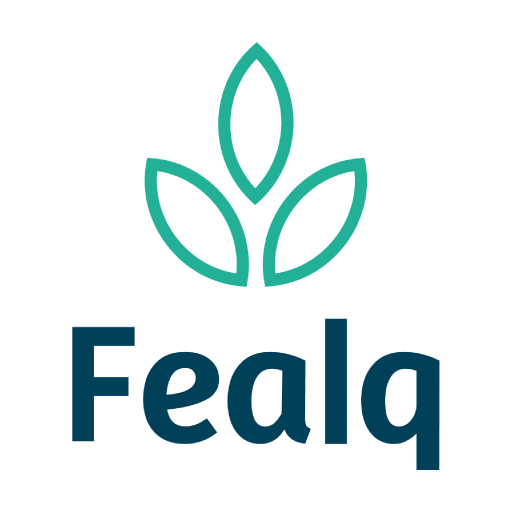Crislâny Canuto dos Santos a , Thamirys Suelle da Silvaa , Marcelo Cavalcante b , Rodrigo Gregório da Silva c , Plínio Barbosa de Camargo d , Maurício Roberto Cherubin e , Carlos Eduardo Pellegrino Cerri e , Stoécio Malta Ferreira Maia f
- aGraduate Program in Agronomy at Campus of Engineering and Agrarian Sciences, Federal University of Alagoas (CECA/UFAL), Rio Largo, AL 57100-000, Brazil
- bFederal Institute of Education, Science and Technology of Alagoas (IFAL), Maragogi, AL 57955-000, Brazil
- cFederal Institute of Education, Science and Technology of Ceará (IFCE), Limoeiro do Norte, CE 62930-000, Brazil
- dCenter for Nuclear Energy in Agriculture, University of São Paulo (CENA/USP), 303 Centenário Avenue, Piracicaba, SP 13416-000, Brazil
- eCenter for Carbon Research in Tropical Agriculture (CCARBON), University of São Paulo, Piracicaba, SP 13416-900, Brazil
- fFederal Institute of Education, Science and Technology of Alagoas (IFAL), Marechal Deodoro, AL 57160-000, Brazil
Highlights
- The adoption of integrated livestock-forest systems in Caatinga was investigated.
- The spacings between the tree strips and livestock component impacted soil carbon.
- The ILF systems with massai grass and buffel grass had higher C stocks.
- The soil labile C was higher in the greater spacings between the tree strips.
Abstract
Land-use dynamics in semiarid Brazil can reduce soil carbon (C) stocks and increase CO₂ emissions. Integrated livestock-forest (ILF) systems may mitigate these effects by improving soil quality and enhancing carbon sequestration. This study evaluated the impact of ILF systems on soil organic matter (SOM) quality and C stocks in Ceará, Brazil. The experiment included four ILF systems: with sorghum (So), forage cactus (Fc), massai grass (Mg), and buffel grass (Bg), arranged at three spacings (7 m, 14 m, and 28 m) between strips of native tree (SNT – Caatinga). These systems were compared to native vegetation (NV). Soil samples were collected up to 50 cm depth to assess changes in SOM composition (C, N, δ¹³C, δ¹⁵N) and organic matter fractions. Our results showed that, over six years, converting Caatinga into ILF systems increased C and N stocks in the topsoil (0–10 cm) when considering only the SOC of livestock components with Bg and Mg. Systems with Mg and Bg at spacings S28 and S14 were the most effective in increasing SOC, POM, and MAOM fractions and had the highest δ¹³C values. In contrast, Fc systems promoted the greatest SOC reductions. Weighted results of livestock and forestry components showed ILF systems to be even more effective, reducing C stock losses even in deeper layers (0–30 and 0–50 cm). ILF systems integrating grasses and Caatinga trees, especially at 14 m and 28 m spacings, show strong potential to enhance SOC stocks, improve soil quality, and support climate change mitigation through sustainable land use.






